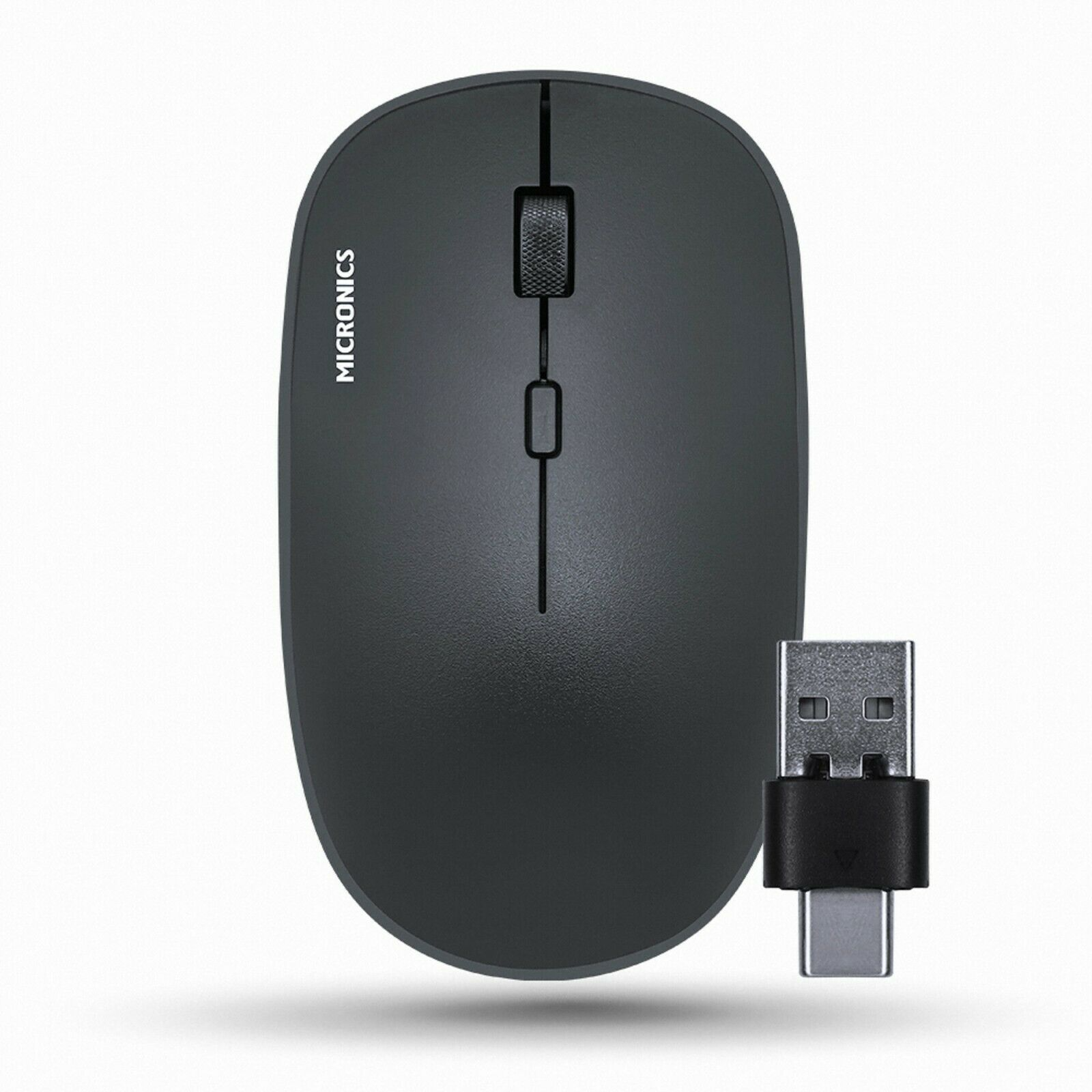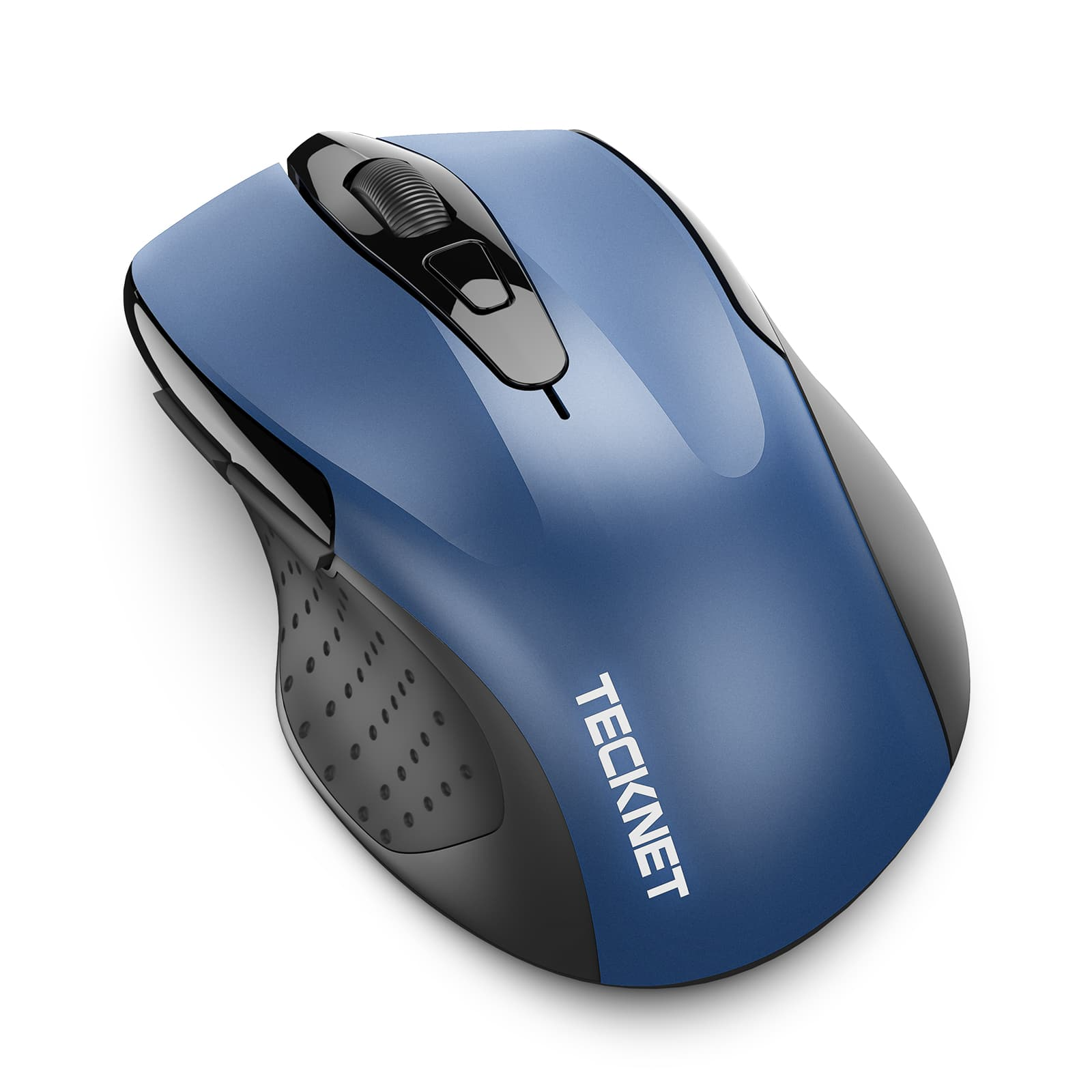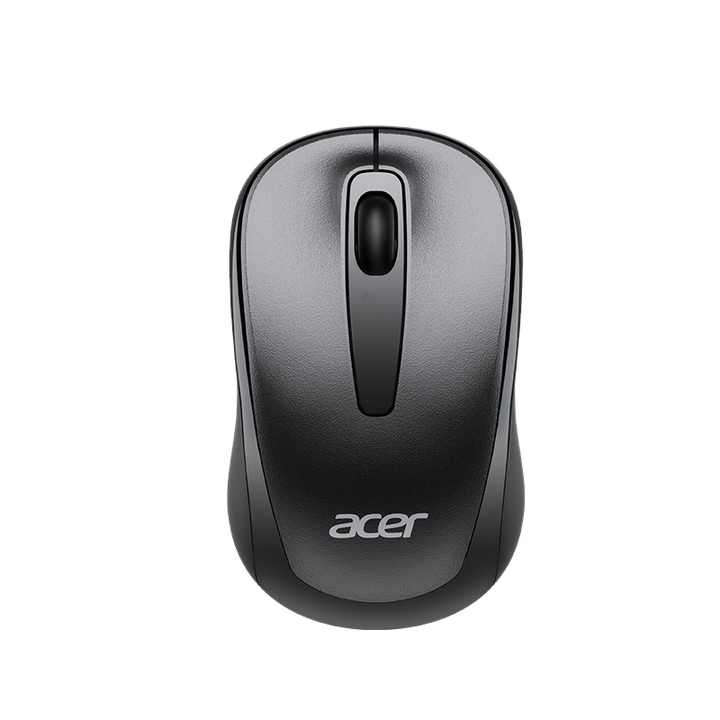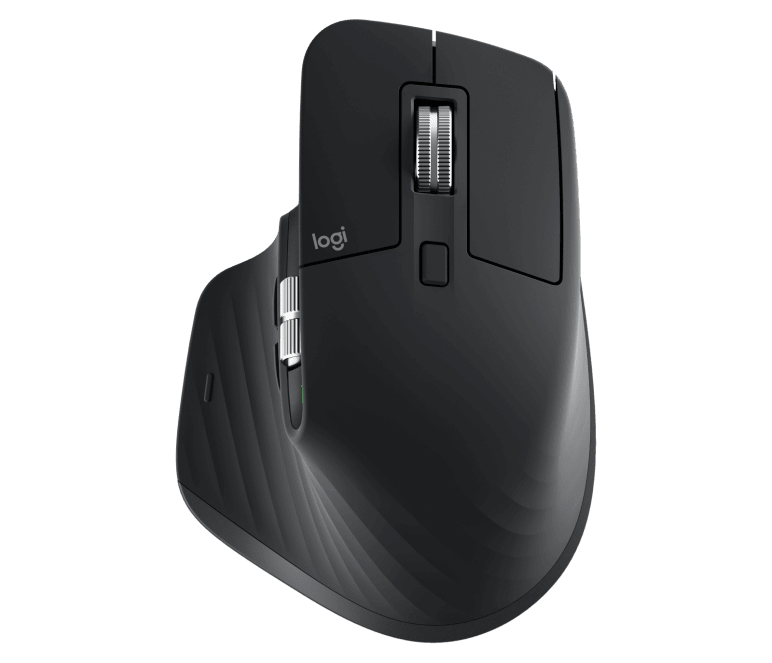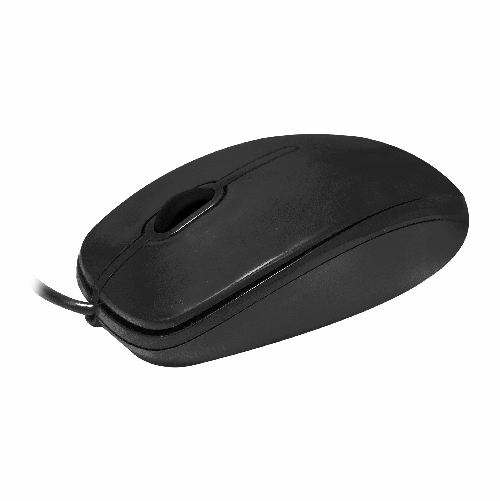Introduction
In the realm of computing peripherals, the mouse stands as one of the most vital tools required for efficient navigation and operation. While traditional wired mice have been reliable, the advent of USB wireless mice has significantly enhanced user experience by offering greater flexibility, portability, and convenience. These devices eliminate the clutter of wires and provide a seamless connection, enabling smoother workflows and more mobile computing experiences. This article offers an in-depth exploration of USB wireless mice, examining their key features, benefits, popular models, installation tips, maintenance advice, comparisons with other types of mice, and future trends. Whether for work, gaming, or casual use, understanding the advantages of USB wireless mice can help you make an informed decision.
Understanding USB Wireless Mice
What is a USB Wireless Mouse?
A USB wireless mouse is a peripheral device that connects to a computer or other digital devices using wireless technology, typically through a small USB receiver, also known as a dongle. Unlike traditional wired mice that connect via a USB cable, wireless mice transmit signals via radio frequencies (RF) or Bluetooth. The primary function of a USB wireless mouse is to allow users to navigate and interact with their devices without the constraint of cables, offering greater mobility and freedom. These mice are powered by batteries, which can be either rechargeable or disposable, and are designed to be compatible with a wide range of devices, including desktops, laptops, tablets, and even some smart TVs.
Evolution of Wireless Mice
The evolution of wireless mice can be traced back to the late 20th century when the first cordless mice used infrared technology. However, these early models required a direct line of sight to function and were plagued by connectivity issues. The advent of RF technology and, subsequently, Bluetooth, revolutionized wireless mice, offering more reliable and robust connections. The development of the USB receiver further simplified the connection process, making wireless mice more accessible and user-friendly. Today, USB wireless mice have become the standard for both casual users and professionals, offering a blend of performance, convenience, and style that meets modern computing needs.
Key Features of USB Wireless Mice
Wireless Connectivity
One of the standout features of USB wireless mice is wireless connectivity, which eliminates the need for physical cables and provides greater freedom of movement. These mice connect to devices using either a USB receiver with RF technology or Bluetooth. The USB receiver is a small dongle that plugs into a USB port on the computer, enabling the mouse to communicate with the device. Bluetooth, on the other hand, allows direct connection to Bluetooth-enabled devices without the need for a dongle. Both connectivity options offer stable and reliable connections, ensuring smooth and responsive cursor movement.
Ergonomic Design
Ergonomic design is a crucial feature of USB wireless mice, especially for users who spend long hours at their computers. Many wireless mice are designed with ergonomic considerations to reduce strain and enhance comfort. Features such as contoured shapes, textured grips, and adjustable DPI (dots per inch) settings allow users to customize the mouse to their preferred hand position and sensitivity level. Some models also include programmable buttons, allowing users to assign specific functions or macros for increased productivity. The focus on ergonomics ensures that users can work or play comfortably and efficiently.
Battery Life
Battery life is an essential aspect of USB wireless mice, as these devices rely on batteries for power. The best wireless mice offer long battery life, ranging from several months to over a year, depending on usage and the type of batteries used. Some models come with rechargeable batteries, which can be recharged via USB cable, while others use disposable batteries. Energy-saving features, such as automatic sleep modes and power switches, help extend battery life by conserving power when the mouse is not in use. Users should consider battery life when choosing a wireless mouse to ensure it meets their needs for uninterrupted use.
High Precision and DPI Settings
High precision and adjustable DPI settings are important features for users who require precise cursor control, such as gamers, graphic designers, and professionals. DPI refers to the sensitivity of the mouse, with higher DPI levels allowing for faster cursor movement. Many USB wireless mice offer adjustable DPI settings, enabling users to switch between different sensitivity levels based on their tasks. High-precision sensors ensure accurate tracking on various surfaces, providing smooth and consistent performance. The ability to customize DPI settings enhances the versatility and functionality of wireless mice.
Benefits of Using USB Wireless Mice
Enhanced Mobility
One of the primary benefits of USB wireless mice is enhanced mobility. Without the constraint of cables, users can move the mouse freely and position it wherever it is most comfortable. This freedom is particularly beneficial for laptop users, as it allows them to work in various locations without being tethered to a specific spot. Additionally, the absence of cables reduces desk clutter, creating a cleaner and more organized workspace. The portability and flexibility of wireless mice make them ideal for users who frequently move between different workspaces.
Convenience and Portability
USB wireless mice offer unparalleled convenience and portability. The small USB receiver can be easily plugged into any USB port, enabling quick and hassle-free connections. Some wireless mice come with a built-in compartment to store the USB receiver when not in use, preventing it from getting lost. The compact and lightweight design of wireless mice makes them easy to carry in a laptop bag or backpack, making them a perfect companion for travel and on-the-go use. The convenience and portability of wireless mice enhance the overall user experience, allowing for seamless integration into various workflows.
Reduced Desk Clutter
The elimination of cables is one of the most significant advantages of USB wireless mice. Without the need for a wired connection, users can enjoy a clutter-free desk, improving both aesthetics and functionality. A clean and organized desk space can enhance productivity and reduce distractions, creating a more efficient work environment. The lack of cables also reduces the risk of tripping or tangling, providing a safer and more streamlined setup. The reduced desk clutter offered by wireless mice contributes to a more pleasant and productive workspace.
Versatility and Compatibility
USB wireless mice are highly versatile and compatible with a wide range of devices and operating systems. Whether you’re using a desktop computer, laptop, tablet, or smart TV, a USB wireless mouse can easily connect and provide smooth navigation. Most wireless mice are compatible with popular operating systems such as Windows, macOS, and Linux, ensuring broad compatibility. The versatility of wireless mice makes them suitable for various applications, from office work and creative projects to gaming and casual use. The universal compatibility ensures that users can integrate wireless mice into their existing setups without compatibility issues.
Popular Models of USB Wireless Mice
Logitech MX Master 3
The Logitech MX Master 3 is a top-rated USB wireless mouse known for its exceptional performance, ergonomic design, and advanced features. It offers high-precision tracking with a 4000 DPI sensor and customizable buttons, allowing users to tailor the mouse to their specific needs. The MX Master 3 includes a unique scroll wheel that automatically shifts between ratchet and hyper-fast modes, providing a smooth and efficient scrolling experience. The ergonomic design ensures comfort during extended use, and the rechargeable battery offers up to 70 days of use on a single charge. The MX Master 3 supports both USB receiver and Bluetooth connectivity, enhancing its versatility and convenience.
Microsoft Surface Precision Mouse
The Microsoft Surface Precision Mouse is another popular model that combines sleek design with high performance. It features a high-resolution sensor with adjustable DPI settings, providing precise and responsive tracking. The ergonomic design includes a sculpted shape and thumb rest, ensuring comfort during long hours of use. The Surface Precision Mouse offers customizable buttons and supports multi-device connectivity, allowing users to switch between up to three devices seamlessly. The rechargeable battery provides up to three months of use on a single charge. The Surface Precision Mouse is compatible with both USB receiver and Bluetooth, making it a versatile and reliable choice for various applications.
Razer Basilisk X Hyperspeed
The Razer Basilisk X Hyperspeed is a gaming-oriented USB wireless mouse that delivers high performance and precision. It features a 16000 DPI sensor, providing ultra-accurate tracking for fast-paced gaming and detailed tasks. The Basilisk X Hyperspeed includes six programmable buttons, allowing gamers to customize their controls for optimal gameplay. The mouse supports both USB receiver and Bluetooth connectivity, offering flexibility for different setups. The battery life is impressive, with up to 450 hours of use on Bluetooth and up to 285 hours on the USB receiver. The Razer Basilisk X Hyperspeed combines performance, customization, and long battery life, making it a top choice for gamers.
Installation and Setup Tips
Unboxing and Assembly
Begin by unboxing your new USB wireless mouse and ensuring that all components, such as the USB receiver, batteries, and user manual, are included. Carefully remove any packaging materials and insert the batteries into the mouse, following the manufacturer’s instructions. Some wireless mice come with a built-in rechargeable battery, in which case you may need to charge the mouse before use. Place the USB receiver into an available USB port on your computer or device.
Pairing the Mouse
For wireless mice that use a USB receiver, the pairing process is typically straightforward and automatic. Once the receiver is going to plug into the USB port, the mouse should automatically connect to the device. Some models may require you to press a power button or pairing button to initiate the connection. For Bluetooth mice, ensure that your device’s Bluetooth is going to enable and follow the manufacturer’s instructions to pair the mouse. This usually involves putting the mouse in pairing mode and selecting it from the list of available Bluetooth devices on your computer.
Installing Drivers and Software
While most USB wireless mice are plug-and-play and do not require additional drivers, some models may come with proprietary software that enhances functionality and customization. Visit the manufacturer’s website to download the latest drivers and software compatible with your operating system. Follow the installation instructions, which typically involve running an installer program and following on-screen prompts. The software allows you to customize button functions, adjust DPI settings, and access additional features that enhance the mouse’s capabilities.
Testing the Mouse
After completing the installation and setup, test the mouse to ensure that it is functioning correctly. Move the mouse to check for smooth and responsive cursor movement, and test the buttons and scroll wheel to ensure they are operating as expected. If you experience any issues, refer to the user manual or the manufacturer’s support resources for troubleshooting steps. Ensuring that the mouse is working correctly before use helps prevent any disruptions to your workflow.
Conclusion
USB wireless mice have revolutionized the way we interact with our digital devices, offering enhanced mobility, convenience, and versatility. Key features such as wireless connectivity, ergonomic design, long battery life, and high precision make them indispensable tools for a wide range of users. Popular models like the Logitech MX Master 3, Microsoft Surface Precision Mouse, and Razer Basilisk X Hyperspeed offer exceptional performance and customizable features to meet various needs. Proper installation, maintenance, and care ensure that your USB wireless mouse continues to operate efficiently and reliably. Comparing USB wireless mice to other types of mice highlights their unique advantages and suitability for modern workflows.
As technology continues to evolve, we can look forward to exciting advancements in connectivity, sustainability, ergonomics, and precision, further enhancing the versatility and functionality of USB wireless mice. Whether for work, gaming, or casual use, a USB wireless mouse provides a seamless and enjoyable computing experience, freeing users from the constraints of cables and enabling greater productivity and comfort.
